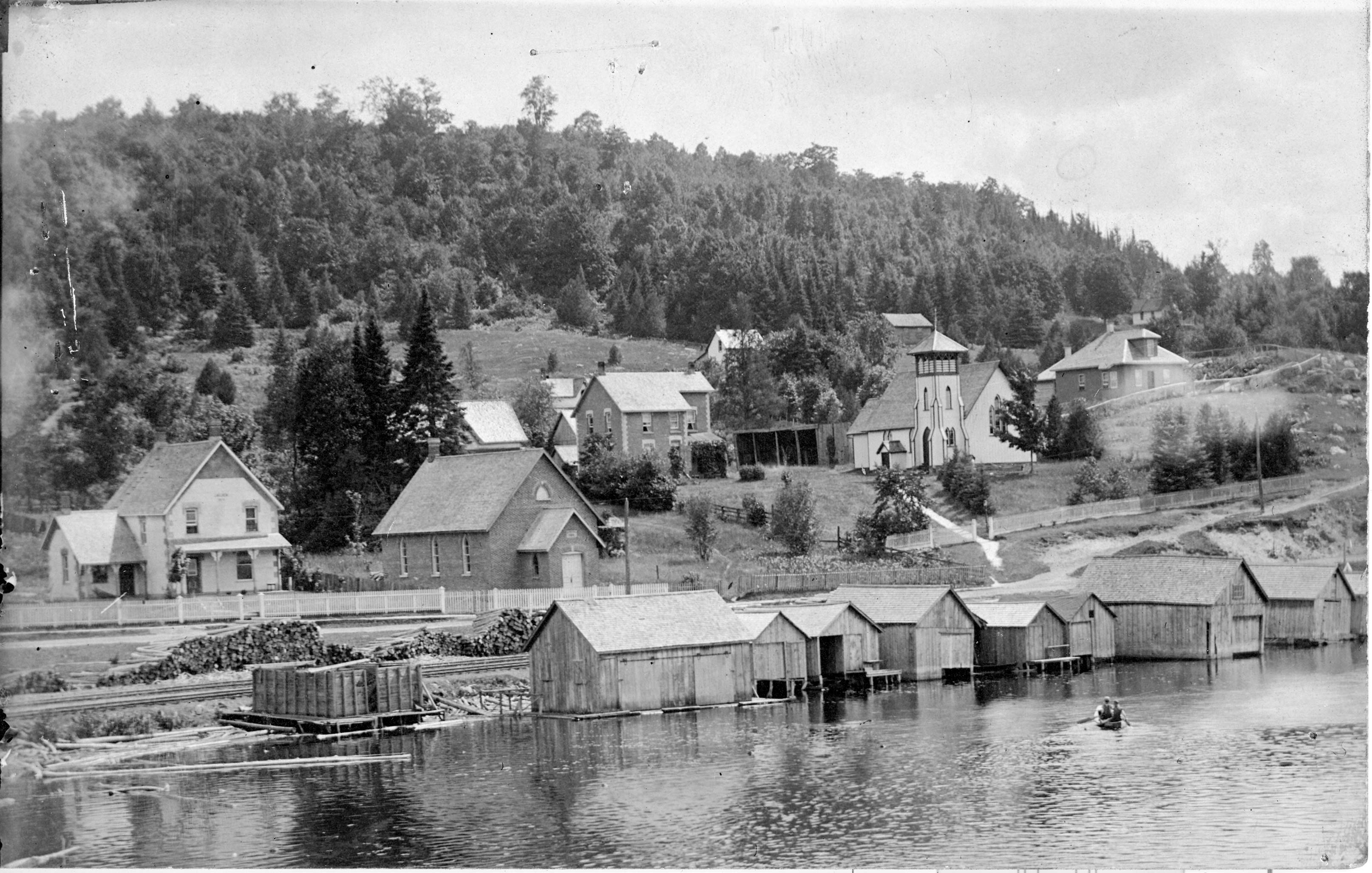Step into the rich tapestry of Dysart et al's history and heritage as you explore our museum and historical points of interest. Delve into the tales of pioneers, artisans, and visionaries who have left their mark on Dysart et al, and uncover the secrets of bygone eras through immersive exhibits and interactive displays. Whether you're a history buff, a curious traveler, or a lifelong resident, or museum and historical sites invite you to embark on a journey through time and discover the timeless treasures that define our unique identity.
Every corner of the Municipality of the Dysart et al is filled with local history and local stories to explore. This brief list aims to give a sample of some of those stories, by highlighting some of the historical structures which are still standing and still easily recognizable from their early days. If this list piques your interest and you would like to discover more about the history of Dysart et al, visit the Haliburton Highlands Museum or join museum staff for one of their historical walking tours, held regularly in the spring, summer and autumn.
| Haliburton Highlands Museum (66 Museum Road) |
| Located on the outskirts of Haliburton Village in Glebe Park, the museum features a number of 19th century buildings which have been moved from different locations around the community to be part of the museum. Reid House, constructed in 1882, was originally located near present day Rotary Park. Home to the Reid family for 85 years, it was also the museum’s original home when the museum first opened in the late 1960s. It was moved to its current location in 1979. Today, the house is furnished as a period home. In addition, the museum’s historic farmstead buildings depict life as it would have been for the first generation of European settlers to move to the Haliburton area. |
| Town Hall (135 Maple Avenue) |
| The present Dysart et al municipal offices are in a building with a history which extends back into the 19th century. The present Town Hall was built to replace the previous Town Hall which had been constructed on December 6th, 1871, and was known as the Lucas Hall, in honour of Captain John Lucas, the first Reeve at Dysart et al. This earlier building had been a simple structure measuring 30’ by 50’, but it was widely used as a venue for a range of events and community activities. On July 4th, 1896, the building was sadly lost in a fire, but plans were quickly made to re-build. The present Town Hall was erected in 1897 by contractor W. McLeod, and it had a more impressive structure than its predecessor. It quickly became a community landmark and source of civic pride, which served as a community centre and auditorium, in addition to housing the municipality’s offices. Other services housed in the building over the years included the town lock-up and the village library. |
| Fred Freeman's Store (25 Pine Avenue) |
| In 1881, Englishman Frederick Freeman came to Haliburton to manage James Irwin and Gardiner Boyd’s newly erected store on Pine Avenue. Eventually Freeman took over the business and purchased the premises from Irwin. In the early 20th century, Freeman’s shop was particularly popular with local schoolchildren attending classes around the corner on Victoria Street, as he sold penny candy. Fred Freeman passed away in 1937, but several subsequent owners of the building have brought a number of different ventures to the building in recent decades. |
| Laking House (146 Highland Street) |
| In the early 20th century, the Laking Lumber Company was one of the major employers in the Haliburton area. Owned by William Laking, it was managed by his son, Jack. In May of 1917, Jack Laking and Lee Lindsay, another staff member of the Laking Lumber Company, disappeared mysteriously on Drag Lake, while on their way to deliver the payroll to one of the company’s camps. In the aftermath of this sad event, William Laking arranged to have a new home constructed for his daughter-in-law, Lila and granddaughter, Evelyn. This new home was the building now known locally as the Laking House. |
| Prust Building (223 Highland Street) |
| Englishman William Prust arrived in Haliburton in 1874, and eventually took possession of Lot 1, Block M, where he constructed a brick veneer store and house complex which still stands today. Part of the building was used for public meeting facilities and in fact, it was rented by the municipality for a period of time in the 1890s, after the Lucas Hall had been lost in a fire and before the current Town Hall was constructed. Prust was the Municipal Clerk from 1883 to 1908. He subsequently moved to Toronto and became a real estate developer. The Prust building housed the Sterling Bank of Canada from 1906-1912. Subsequent tenants have included a number of general merchants, as well as local hardware stores. |
| Kellett's Store (218 Highland Street) |
| Located at the corner of Highland and Maple, this building, constructed in the late 19th century appears on Goad’s insurance diagram of Haliburton of 1885/1893. In the early 20th century, it was home to Charles Kellett’s Dry Goods Store. In addition to being a local businessman, Kellett was also known locally for having been the first Haliburton resident to own a car – a 1912 Model T Ford. |
| Lucas House (123 Maple Avenue) |
| John Albert and Annie Lucas ran the Grand Central Hotel in Haliburton Village for many years. When they decided to retire from the hotel business and pass the hotel’s operation to the next generation, they decided to have a new home constructed for themselves at the corner of Maple and Mountain. The house was built by Reuban Jackson of Cobourg, Ontario, and it was noteworthy locally for being the first residence in the village to have indoor plumbing and gas carbide lighting. The house served as a residence for John and Annie’s descendants until 2006. |
| William Lucas Home (163 Highland Street) |
| Constructed in 1903, this building served as both William Lucas’ home and the home of his barbershop and shaving parlour. For many years, the red and white barber pole advertising his business was visible on the Highland Street sidewalk. Lucas was also a very active member of the local Salvation Army. |
| Cenotaph |
| World War I had impacts across Haliburton County. Shortly after the end of the war, local residents gathered to remember and pay tribute to those who had made the supreme sacrifice during the war. World War I had been referred to as the “War to End All Wars”, but less than three decades later additional names were added to the Cenotaph. Each Remembrance Day, members of the community gather at the Cenotaph to remember those who served. |
| Haliburton Railway Station (23 York Street) |
| The railway station was built circa 1878 in anticipation of the new rail line which would link Lindsay and Haliburton. The arrival of the railway had been greatly anticipated with the expectation that it would encourage new settlers to come to the area and provide new markets for local produce. In reality, it also provided an opportunity for many settler families who has become frustrated with poor farming conditions to move and settle elsewhere further west. Originally a small frame structure, the railway station was enlarged and renovated around 1900, serving railway passengers until the close of the rail line in the late 1970s. |
| Haliburton United Church |
| It is believed that the Methodists built the current church sanctuary around 1912. Haliburton United Church began with the union of the local Methodist Church and the local Presbyterian Church as the Union Church in 1918. Major renovations were made to the building in 1948, 1967 and 1972. |
| St. George's Anglican Church (617 Mountain Street) |
| While the current church was erected in 1922/23, the history of St. George’s extends back to the establishment of Haliburton Village in the 1860s. The previous incarnation of the church, which had been built in 1870, was lost in a fire in 1920. |
| Molou Theatre (216 Highland Street) |
| Originally opened in 1941, the Molou Theatre was the brainchild of newlyweds Molly and Lou Consky. The name of the theatre was a portmanteau of their two names. In an era before the internet and widespread television usage, movie theatres provided both community gathering spaces and important entertainment venues. For decades, the Molou showed several shows a week, often multiple shows in a night, and a trip to the movies was often coupled with a trip to the Kosy Korner Restaurant, which at the time was located just across the street. After many decades of providing entertainment to local residents, cottagers and visitors alike, the Molou closed its doors in 2007. |
Contact Us
 Subscribe to this Page
Subscribe to this Page











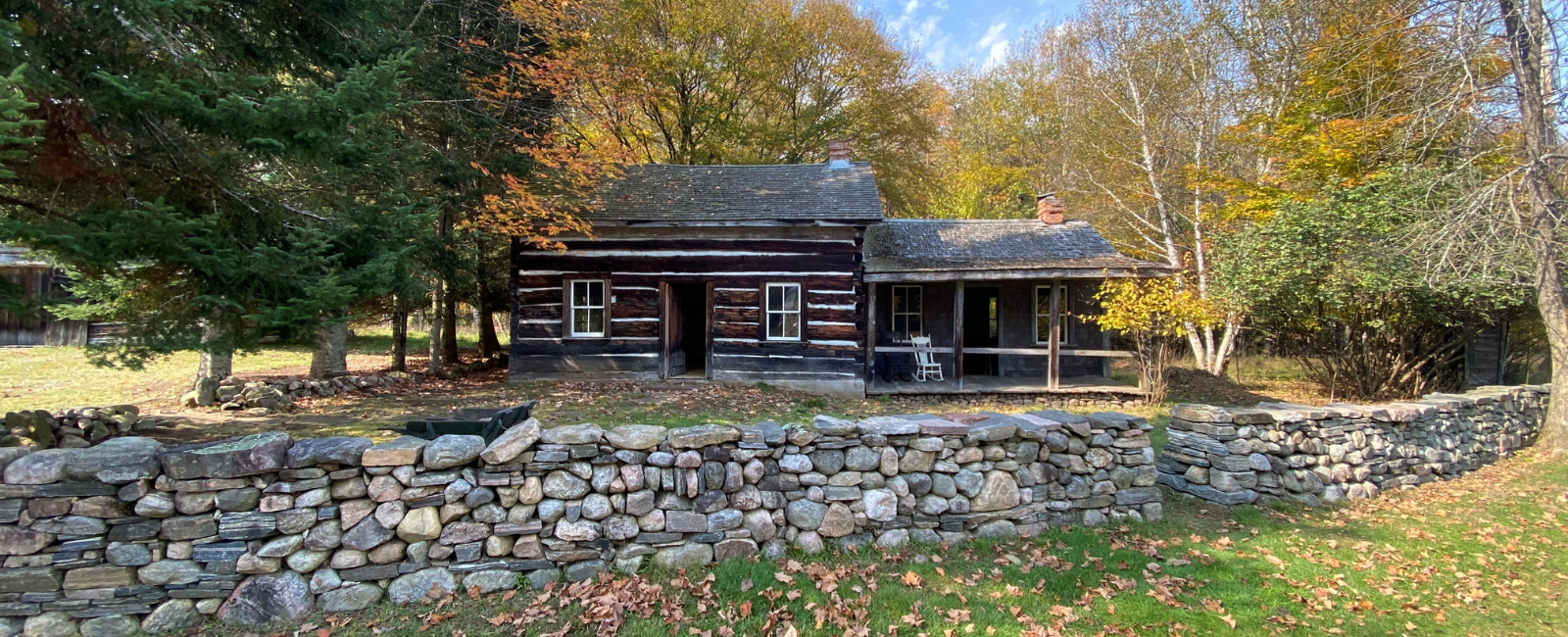
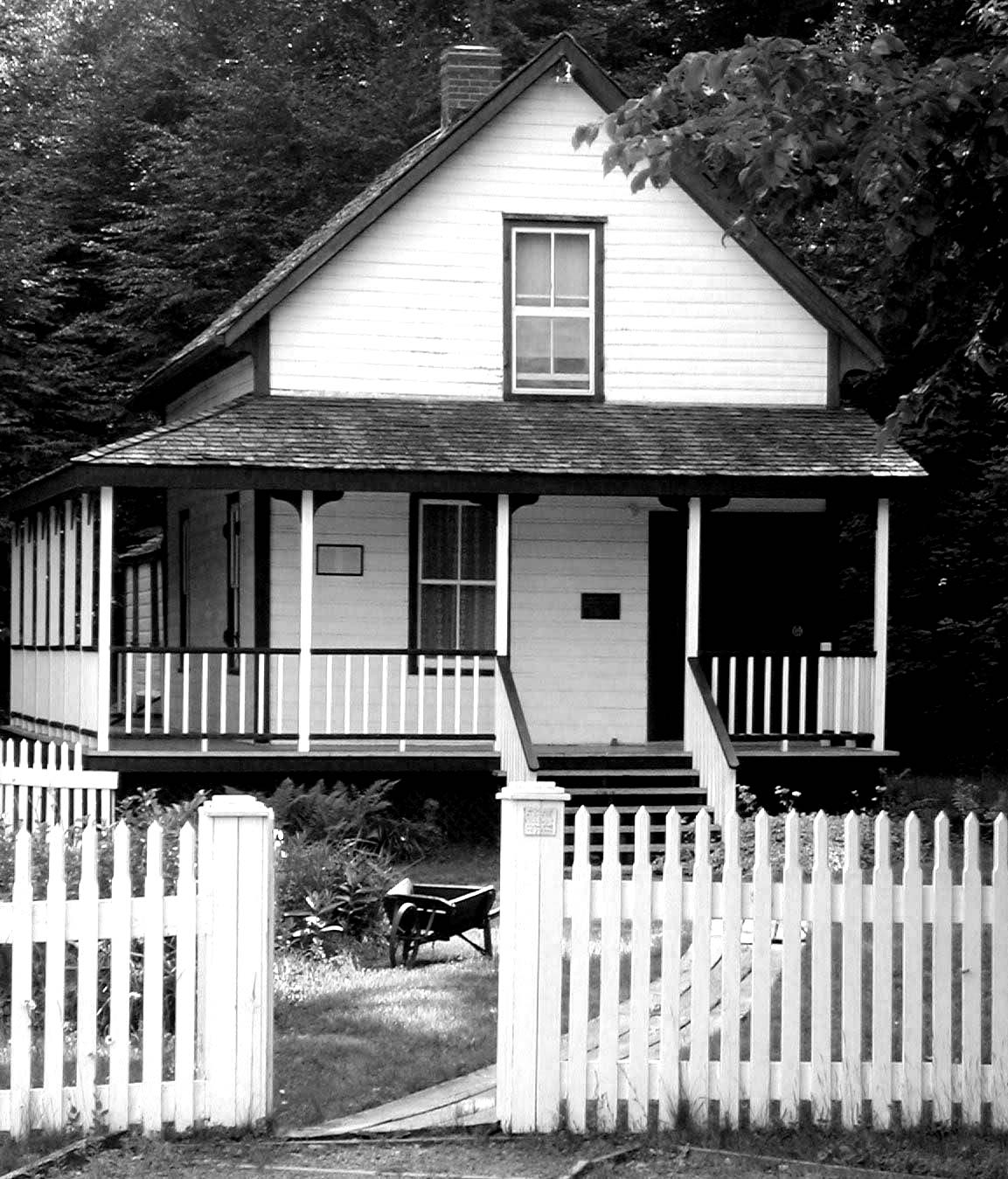
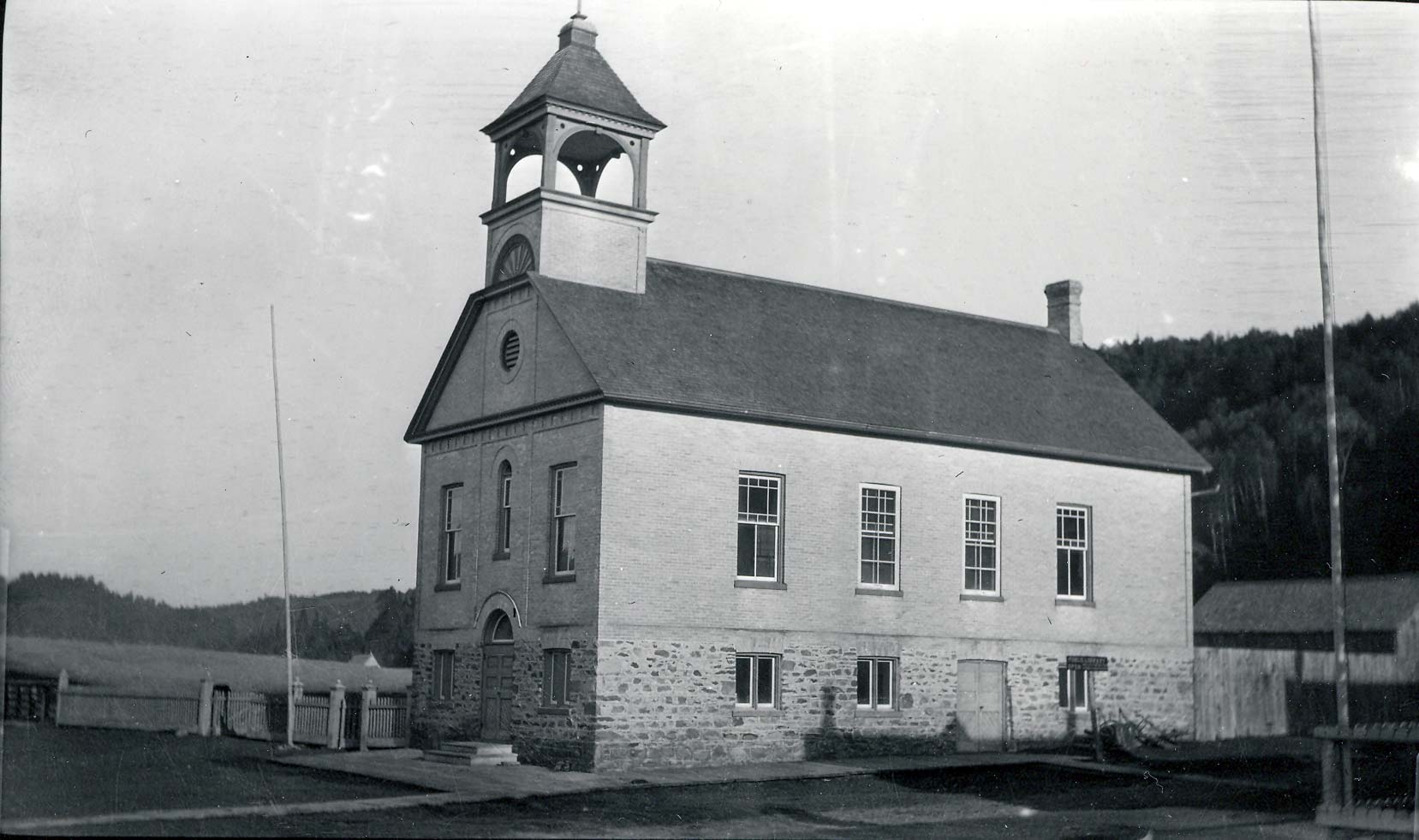
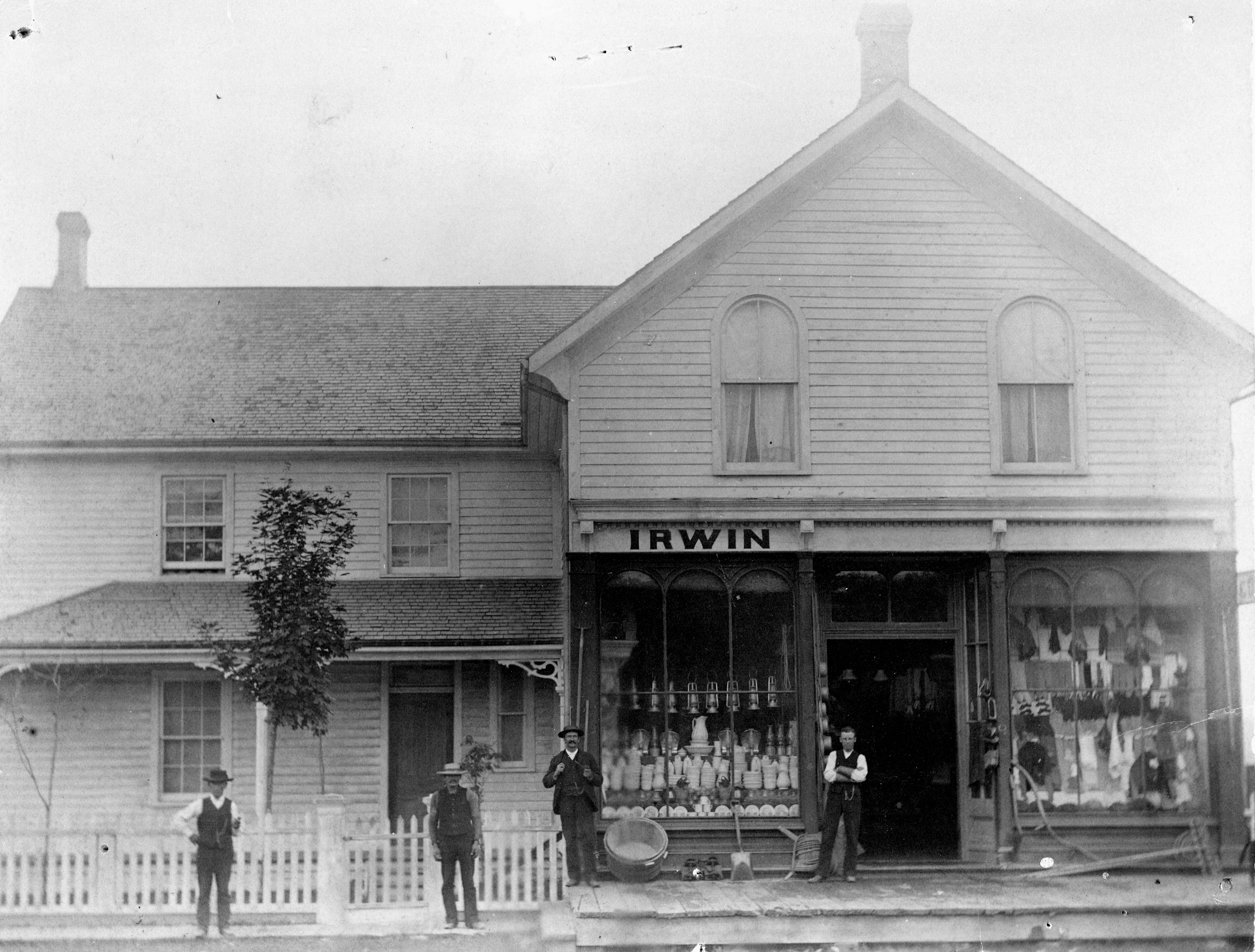
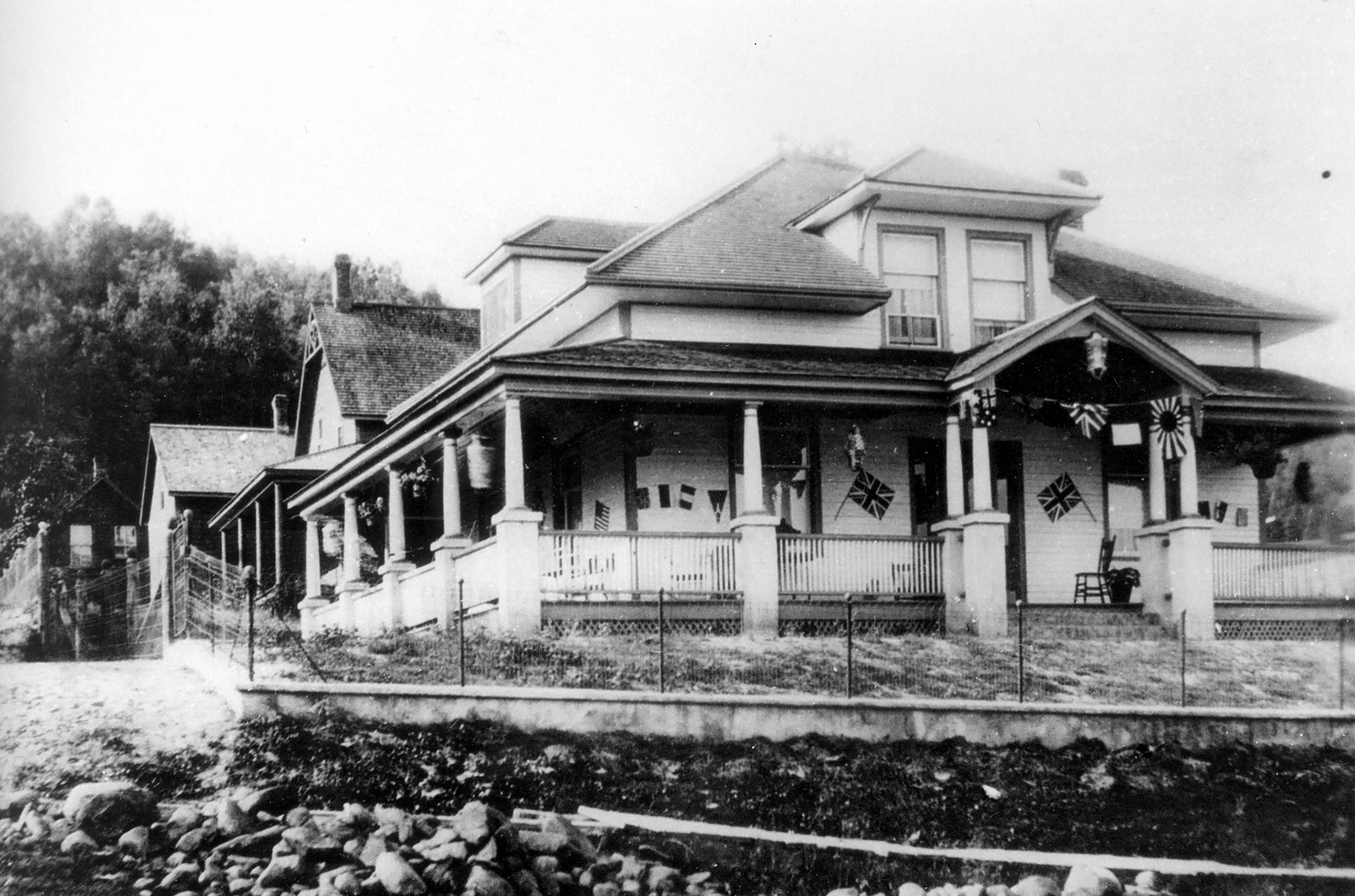
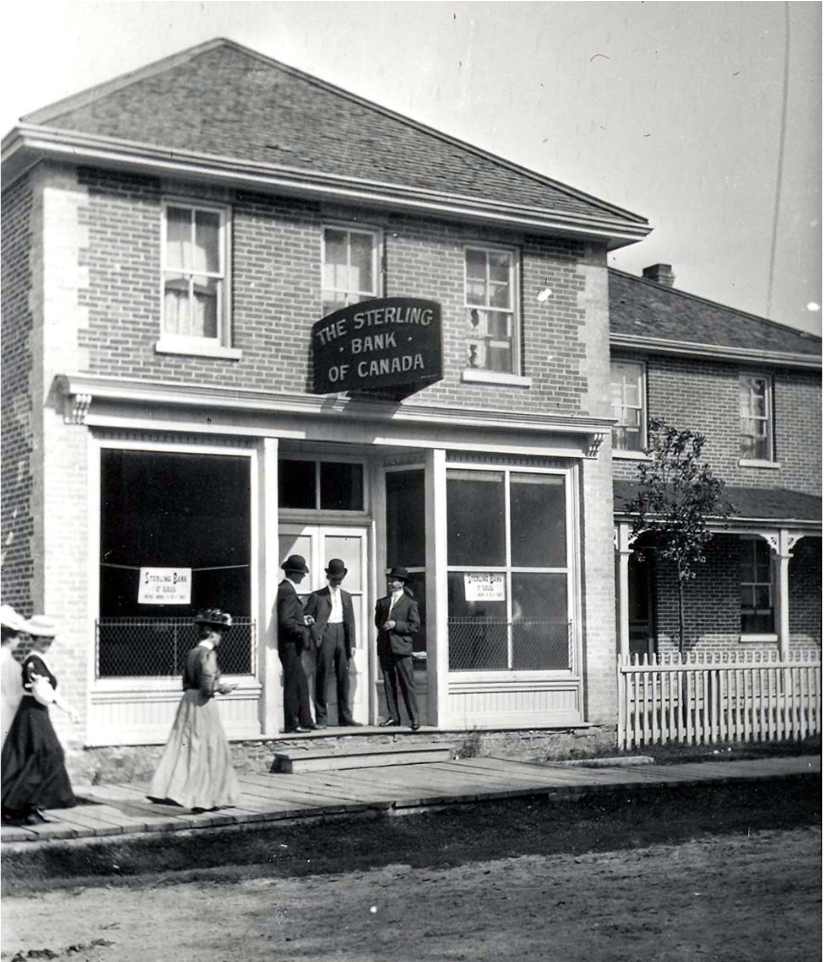
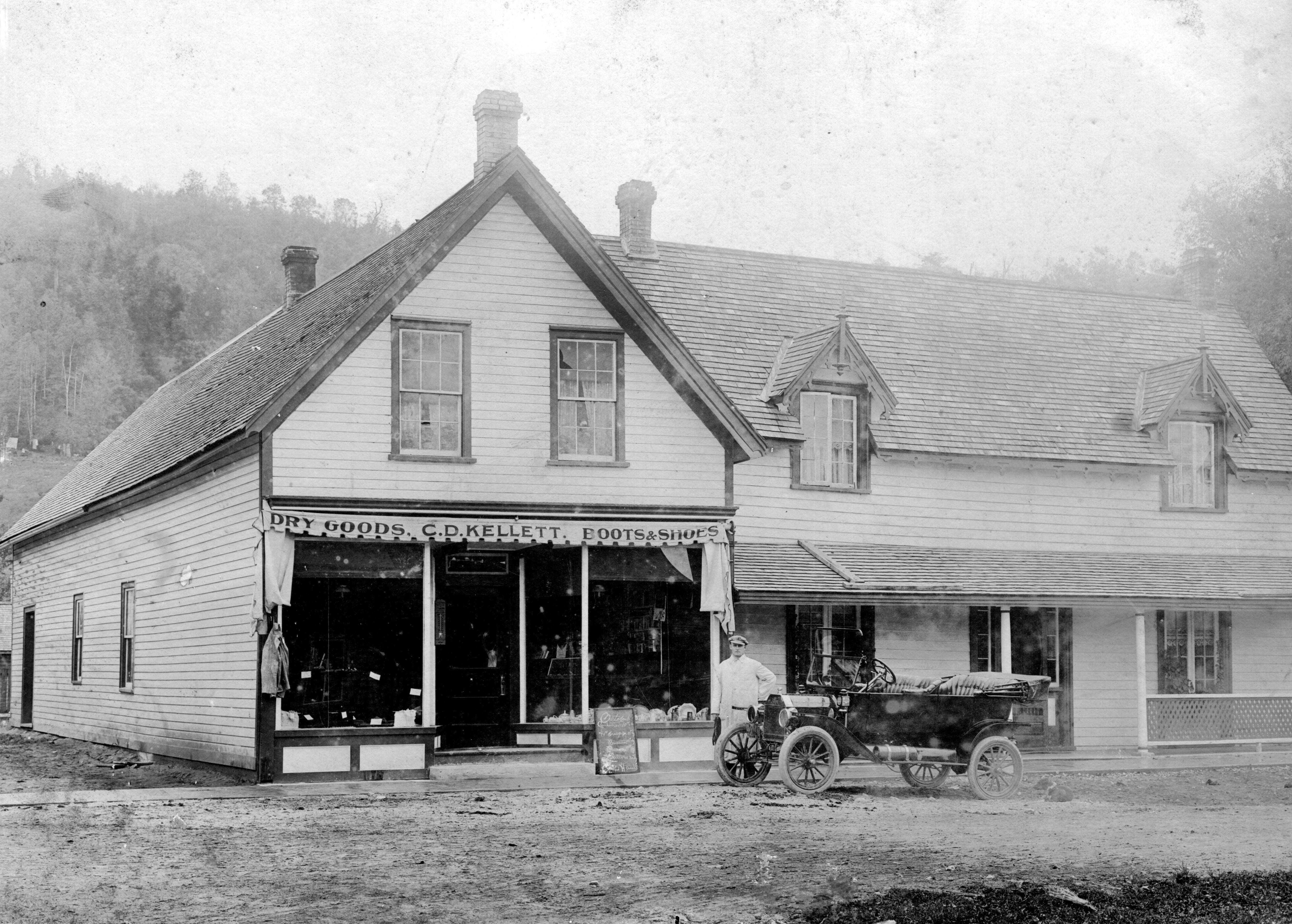
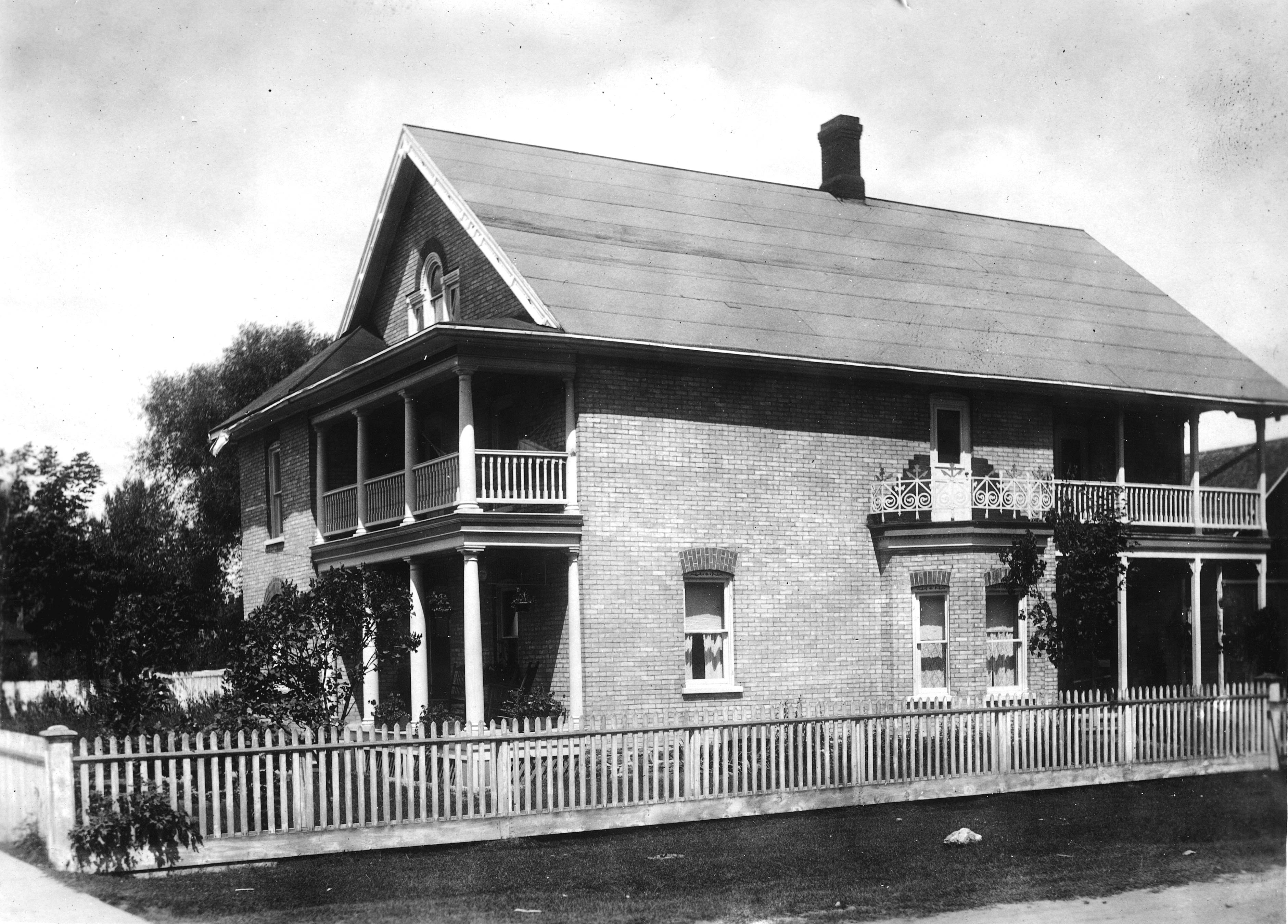
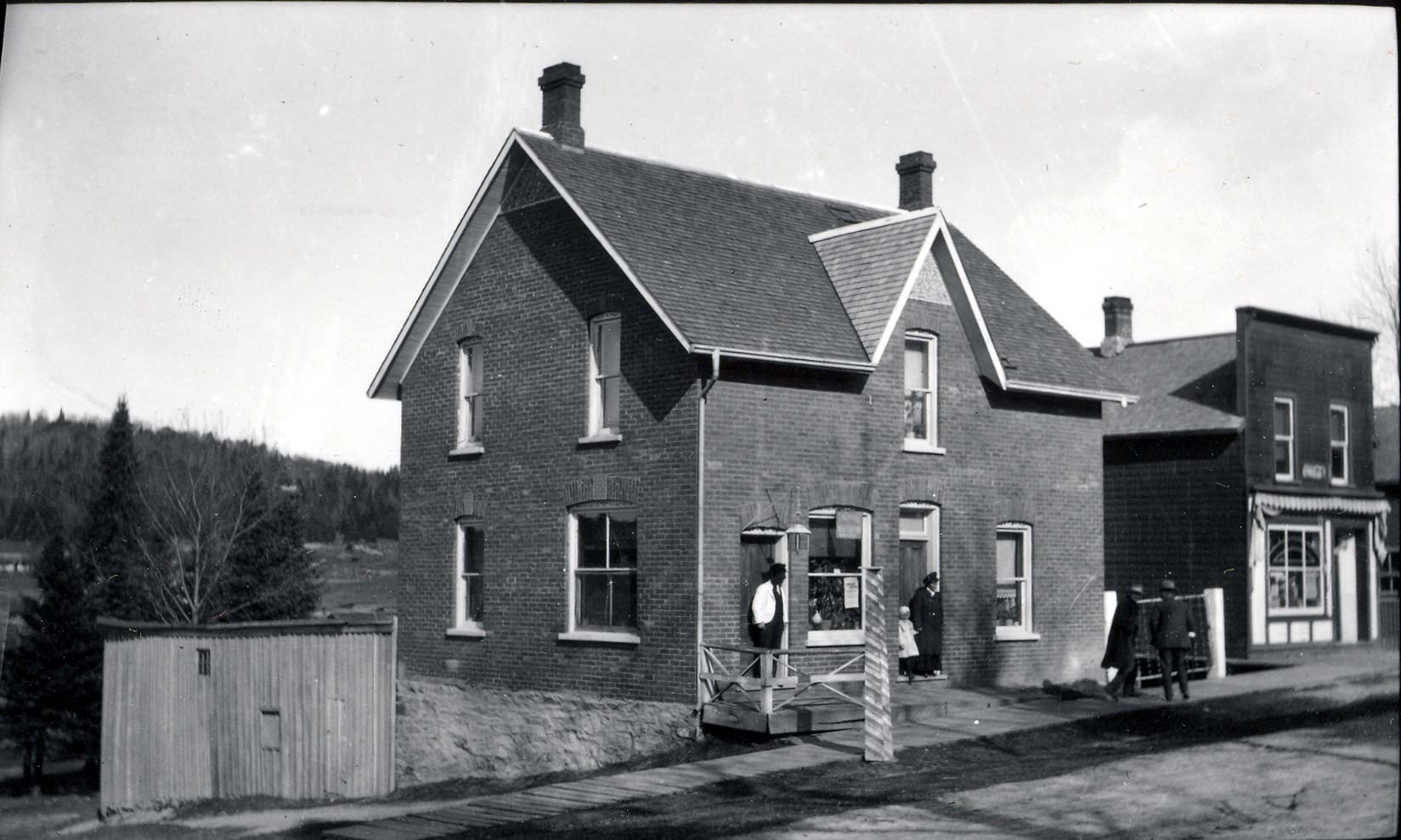
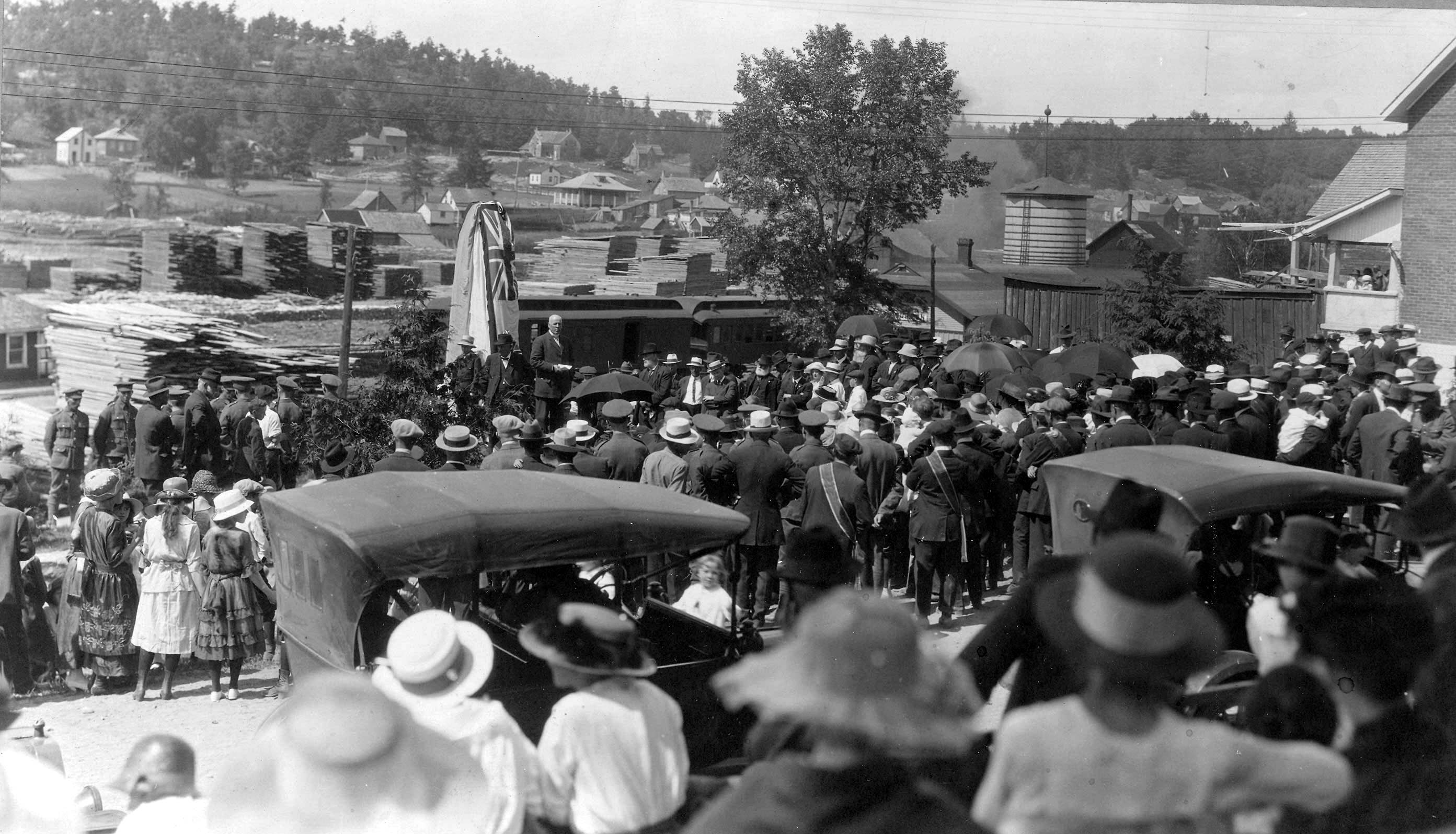
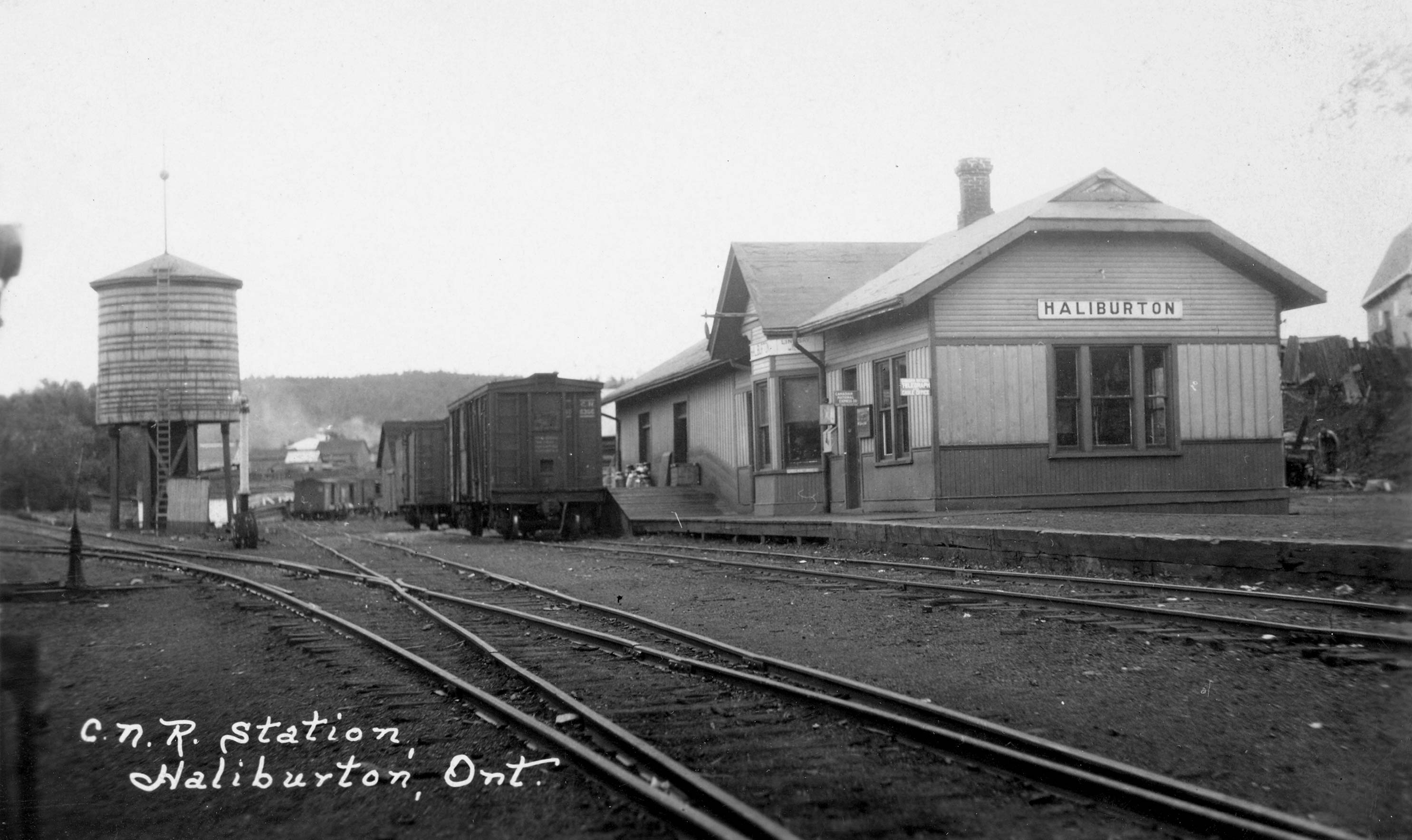
.jpg)
